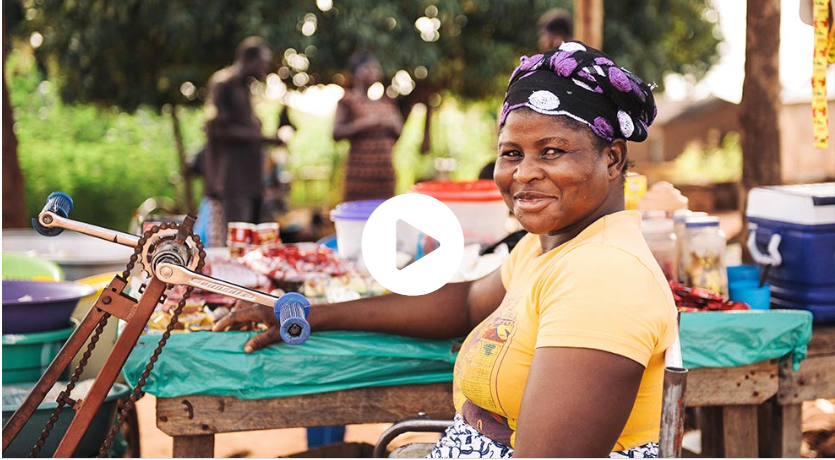What are barriers
Disability is not a homogeneous experience. For example, the lived experience of women and girls with disabilities is very different to that of men and boys. Equally people with different impairments will experience very different types of barriers. The experience can and will differ for every individual. E.g. two women with the same kind of impairment may well experience different levels of disability.
Many other factors can affect experiences and opportunities such as: education, social status, wealth, political awareness and where you live (rural, city, low- or high-income country context).
Categories of barriers
- Institutional barriers: Policies, procedures or situations that systematically disadvantage certain groups of people. These may exclude or segregate persons with disabilities from legal systems, employment laws, electoral systems, education policies, health service provisions, social services etc.
- Attitudinal barriers: Prejudice, discrimination and stigma cause the biggest barrier for persons with disabilities, who often are assumed to be one or more of the following: incapable/inadequate, of low intelligence, in need of a 'cure', needing 'special' services or support, dependent or inspirational/marvellous/exceptional.
People who make these judgments treat the person with disability as inferior or superhuman. They either fail to respond to the individual – with all their inherent personality, strengths, and weaknesses – or they assume they have ‘superhuman’ abilities to cope with their impairment. Insensitive language reflects and can reinforce prejudices. Persons with disabilities wish to change the language used by persons without disabilities about them – especially language that is offensive and inaccurate. Check the toolbox' section on inclusive language and interaction.
Physical barriers: The most commonly known category of barriers, covering lack of access to public transport, buildings of legal system, hospitals and clinics, schools and housing, shops and marketplaces, offices and factories or places of worship.
- Communication & information barriers: Non-accessible information is a major barrier to the participation and inclusion of persons with disabilities. This can include public health issues (i.e. Covid-19 information), medical treatment, accessing social protection schemes, political elections, public restriction measures (i.e. curfews) or disaster risk reduction (preparedness, mitigation, relief).
Addressing the accessibility of information and communication including information and communication technology (ICT) is key to achieve full and active participation of every member of society in all aspects of life, including civic, social, economic, and political activities, as well as participation in decision-making processes.
End the cycle: Listening to Abena from Ghana
Further reading
- The Inclusion Imperative: Towards Disability-inclusive and Accessible Urban Development. Key Recommendations for an Inclusive Urban Agenda
